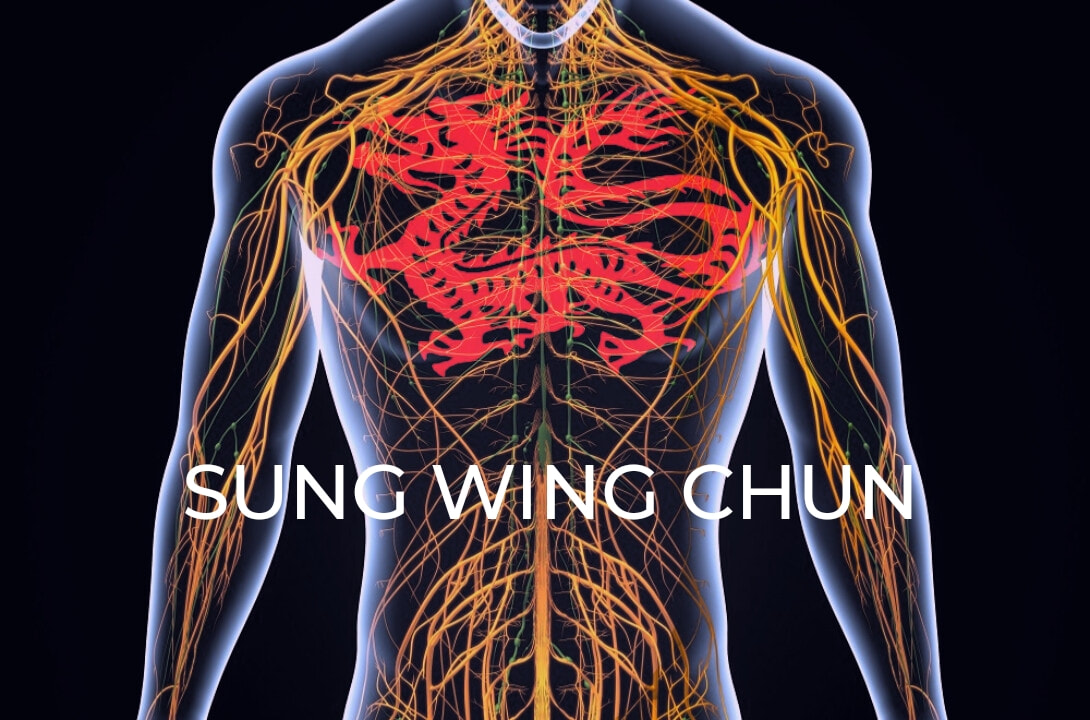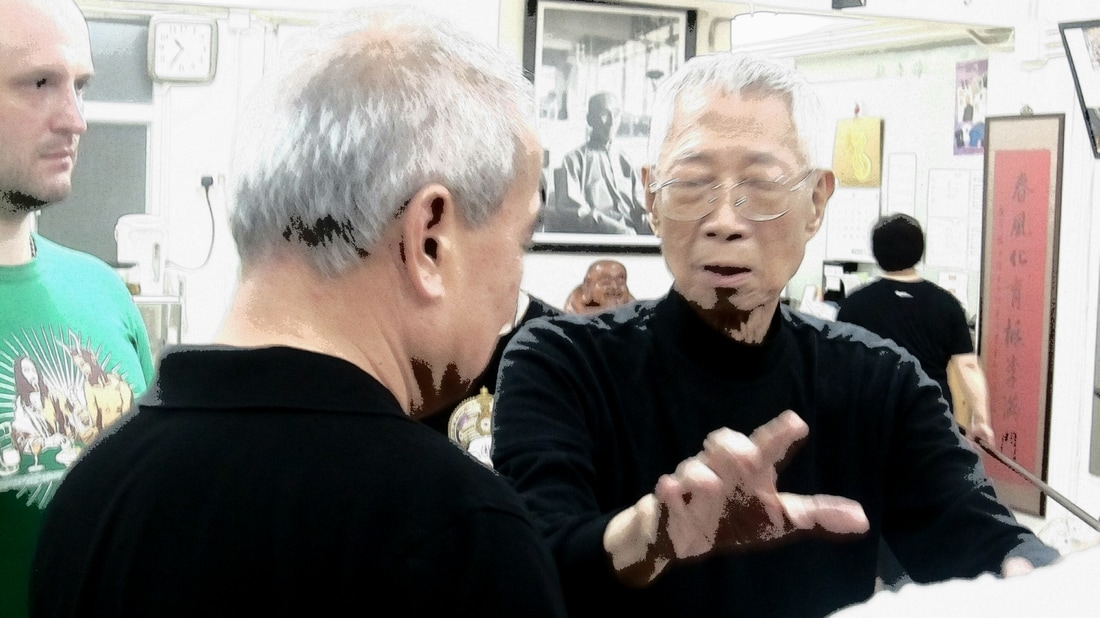How to increase your power
3/18/2017
Although most lineages of wing chun mention relaxation, for many it is little more than by way of lip service. The explanation given is that relaxing certain muscles means you can move quicker and increase your touch sensitivity, but there is no depth of understanding as regard how this can increase power or any methodology to achieve it. Even though the CST lineage of wing chun emphasizes relaxation, for new comers there is still a mystery as to how this results in an increase in power generation.
I am not a big fan of the actual word 'relaxation', it is too coloured by most people's interpretation which I would describe as collapsing or worse pulling down. In my hands-on teaching I usually direct students to, 'release', 'let go' or 'free the muscle'. But it is only through sensory experience of this that you can understand the meaning. So the BIG question, how can you increase your power? This is the real irony of wing chun (and life), is you are already much more powerful than you know but you are constantly retarding its release by acting against yourself. Watch how people brush their teeth, pick up a cup or even type; the effort used is generally disproportionate to the job at hand. The issue is that we see 'big' problems in life and try to deal with it by breaking them down into 'little' problems. Even with something like writing we learn by concentrating on what the hand is doing and ignoring the use of the whole body. This means that the hand and arm act antagonistically against the body, which in reality is designed as the support. To put it another way, at Sung we use the saying that 'you do not use your arm to support your body, you use your body to support you arm'. Ask someone to do a tan sau and they will raise the arm and move it forward. Is that a tan sau? If you bear in mind that the arm muscles extends into the body, up to the neck and down to the lower back. This is in turn supported by the hips, pelvis and legs. Do you have an awareness of all of this when you do a wing chun movement? Do you have to? Well the truth is that all of that chain of muscle and bone etc are part of the movement; the arm of the tan sau is the tip of the iceberg. So what it the answer then??? Your true source of power is your body mass and postural muscles which hold it up. Your brain is smart enough to send those muscles signals to keep the body upright, but you are interfering with those signals with a bunch of bad habits and using other muscles to pull you down. Each time that you are posed a potential problem, you interfere with your design and use too much localized strength, therefore putting your arms and body in opposition. Therefore you need to do less, use less effort and watch how your habits always try to get there first. If you use your bong sau to push a punch away (I bet you do), you are also pushing yourself backwards. Instead accept the force. Even further let it join with the upward energy of your postural muscles so the person instead is lifting your muscle chains and bones right up from your heals. They will feel a great weight whist you will feel free and light. If you push even slightly in one direction, you will lock your muscles and be dependent on your opponent for balance. I ask students that in every movement that they do are they free to move the other way, or up or down. Only if your movement is truly open to this freedom will you allow in the force past the shoulder joint and along a path more useful for yourself. I have touched hands with experienced people who could offer no defense in chi sau because they were so braced to deal with the force they perceived I might have, they effectively beat themselves before I started using wing chun. I remember for the first 5 years of wing chun I was unable to move my sifu, infact he would fix him tan sau repeat to me with a laugh how immovable he was as we practiced. One day it clicked in my mind that this was stupid, of course I could move him as I was bigger and was in a better position of leaverage. To both of our surprise I just let go of the idea that it woukd be difficult and I lifted him back with ease. Thereafter this was no longer a problem to me, but I saw others suffer the same issue of perception. I think people mistakenly believe that Chu Shong Tin was an all powerful being, an immovable object. For me I believe that he was an unstoppable force. Because you could not stop his movement (which came from multiple rotation of his joints throughout his body) you either let him him hit you or you pushed yourself back and compressed your own joints to failure. A tornado does not push you away. My tips them for increasing your own power are:
1 Comment
John Kaufman
3/18/2017 07:08:01 pm
Good explanation Dan!
Reply
Your comment will be posted after it is approved.
Leave a Reply. |
AuthorKeeping you up to date with what is happening in class Archives
July 2024
Categories |


 RSS Feed
RSS Feed